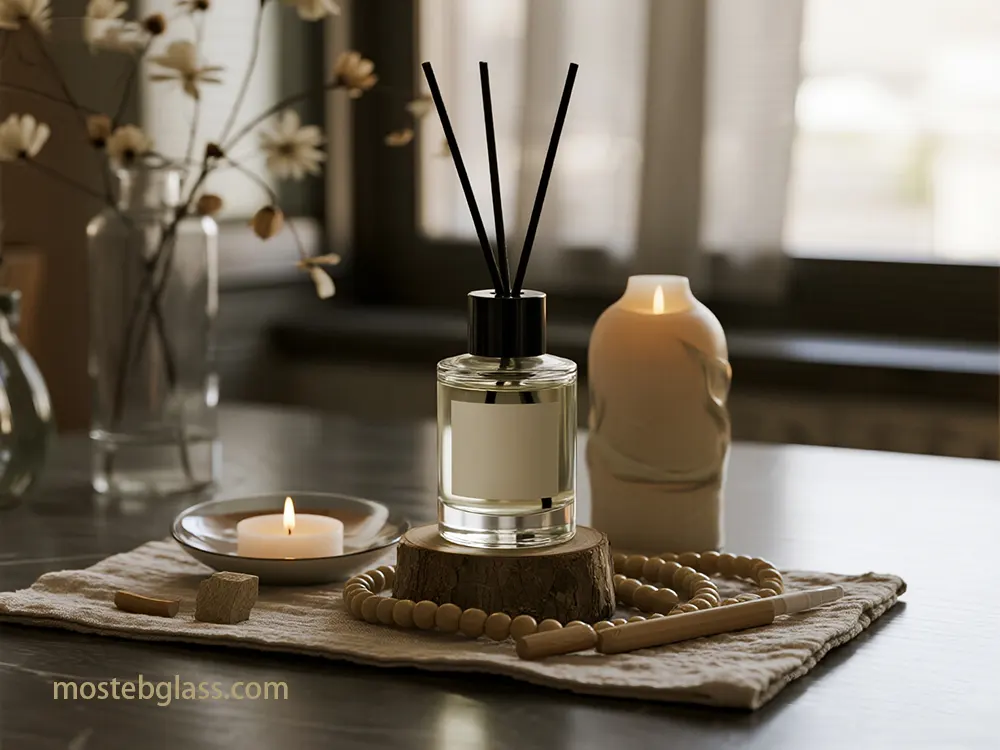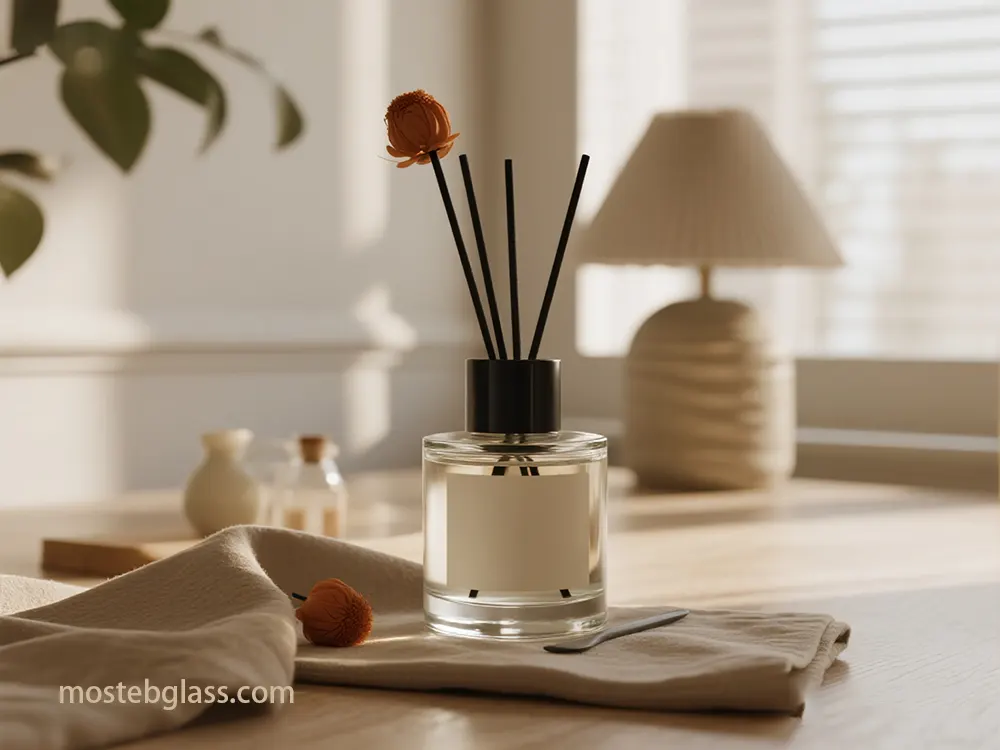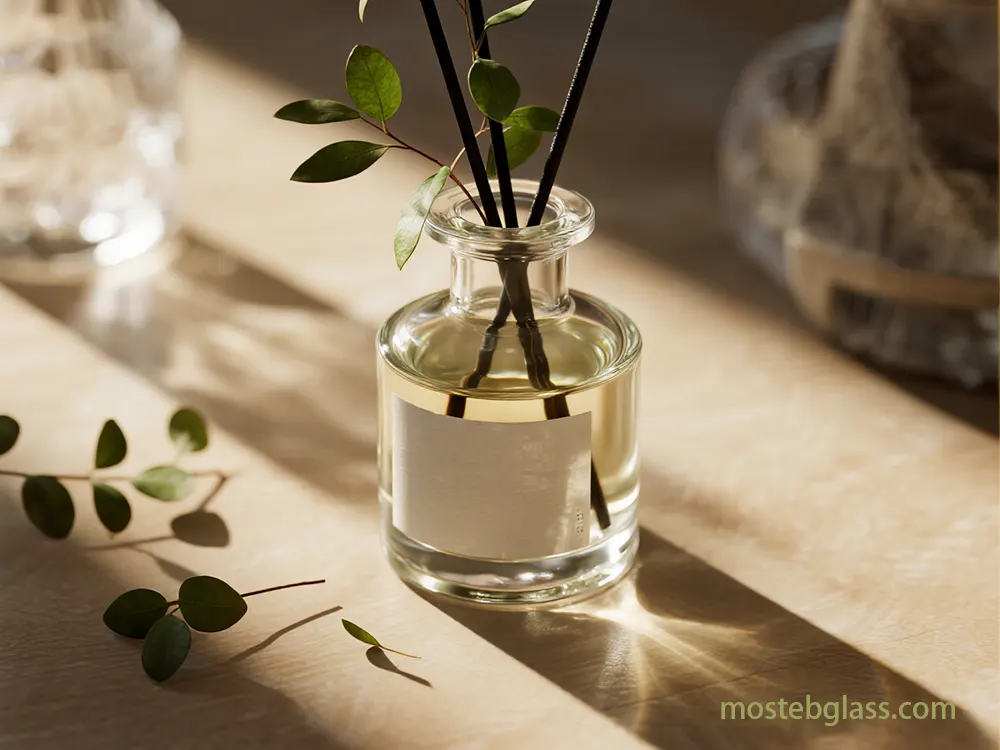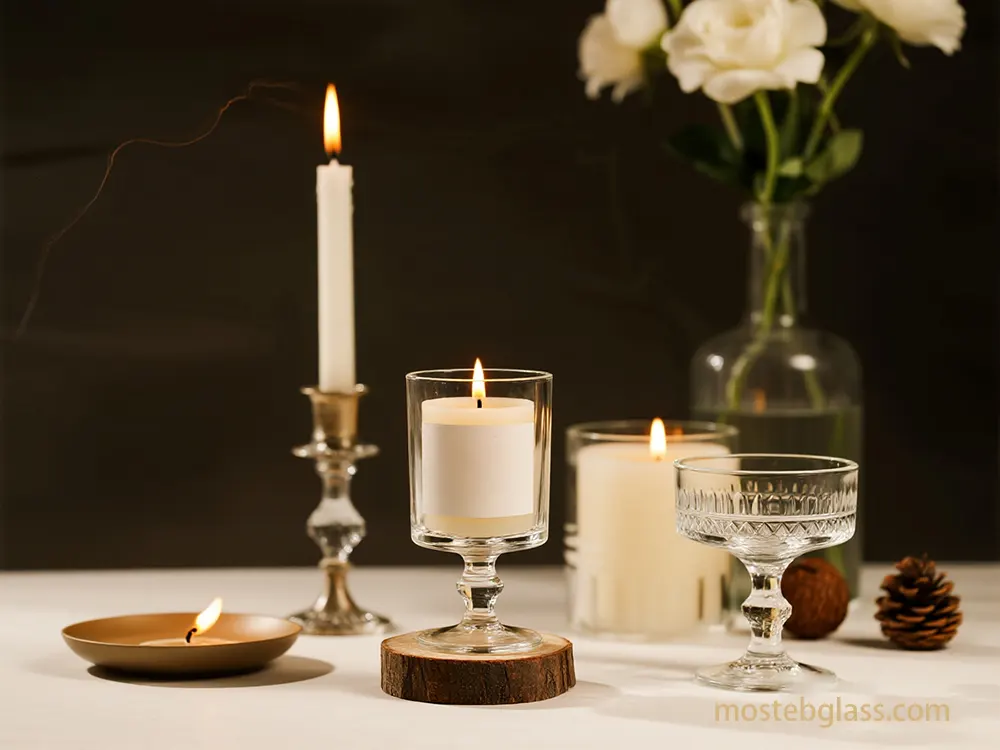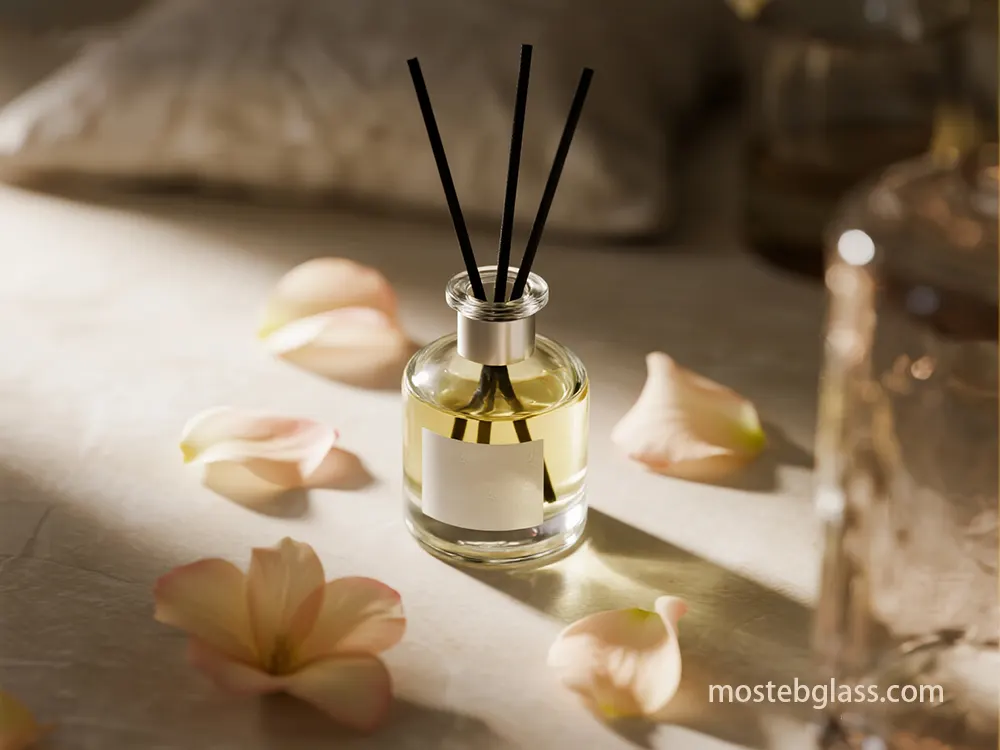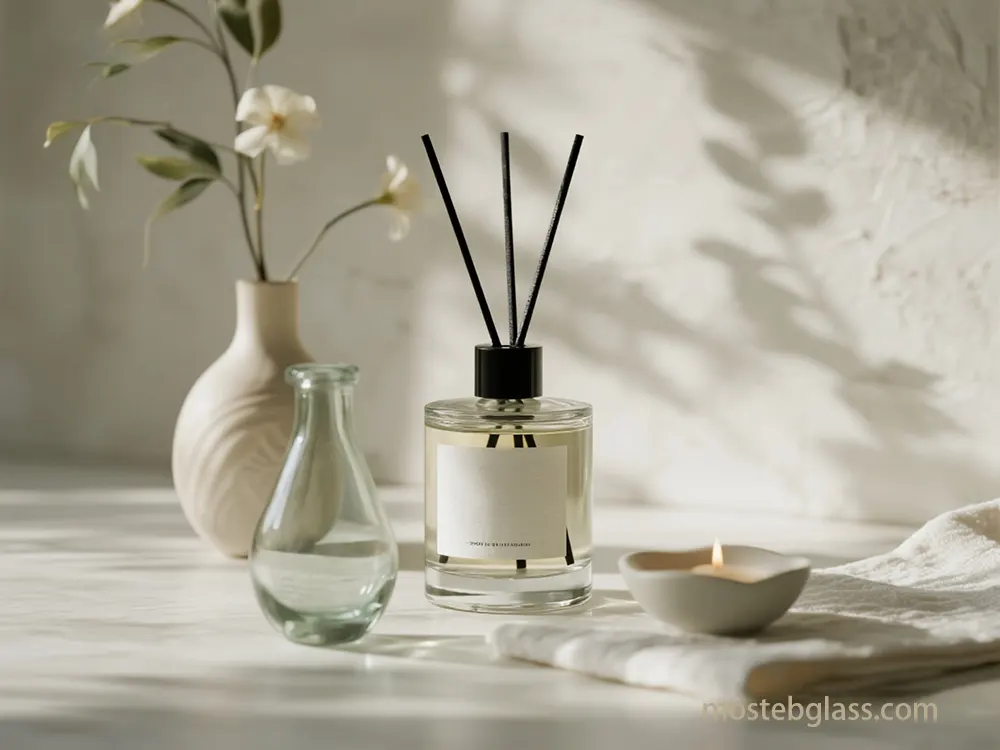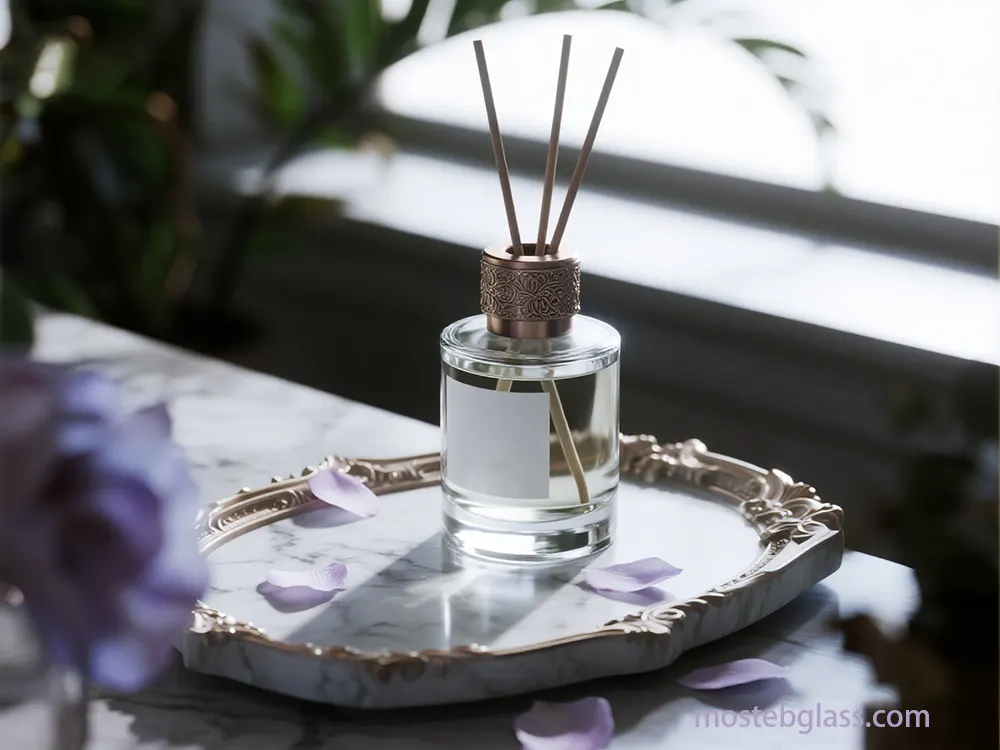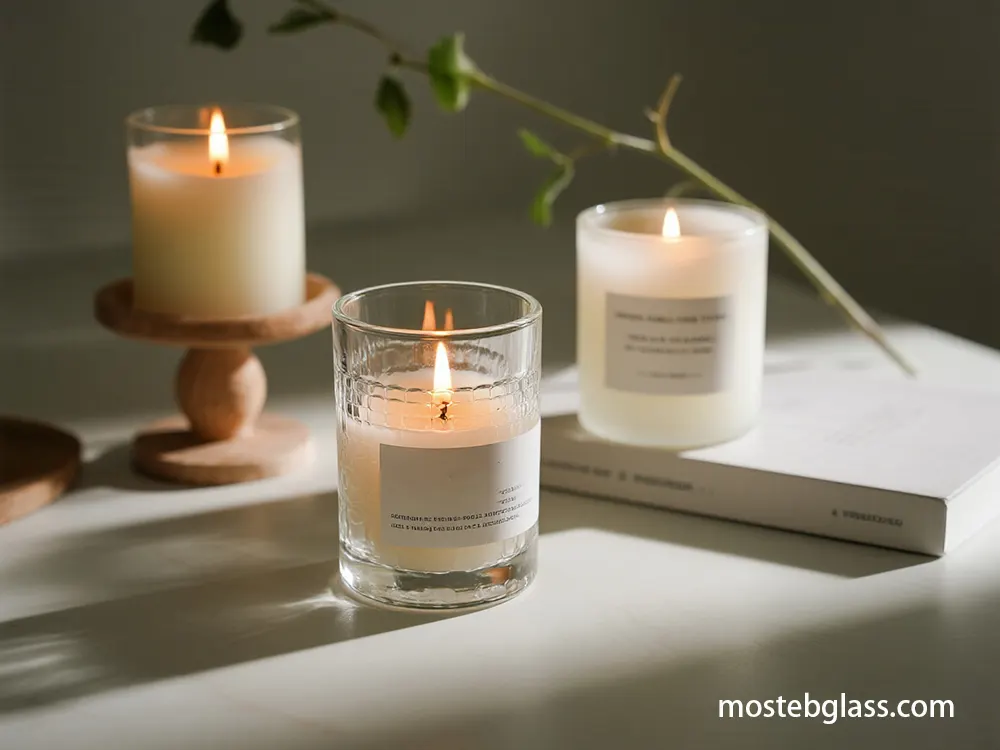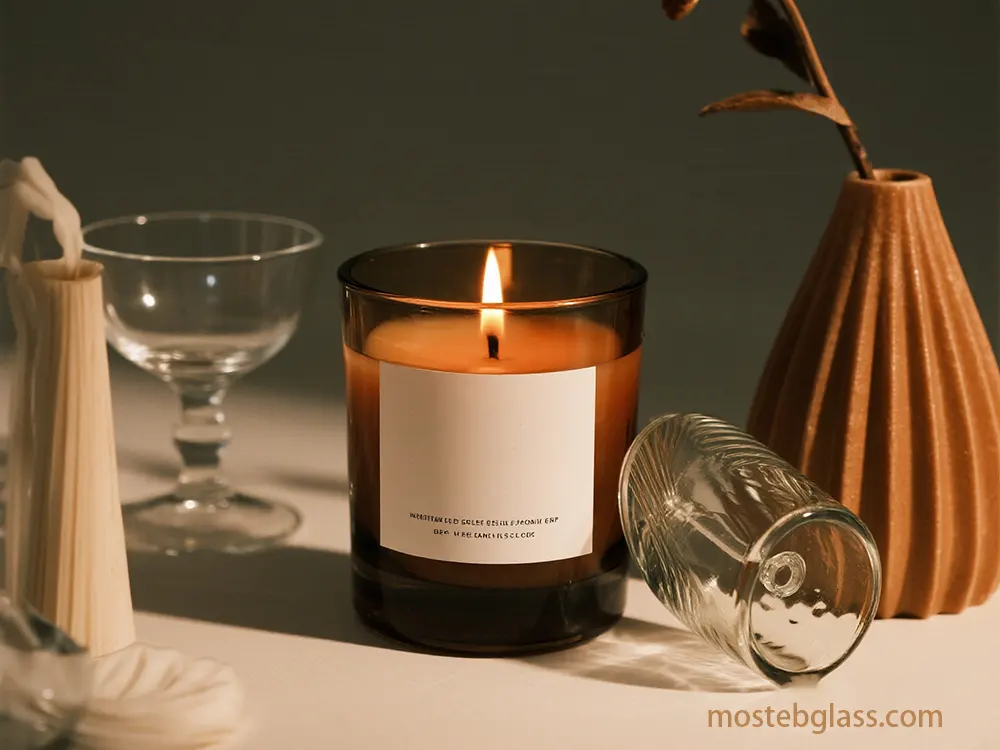Mosteb’s target price range per jar varies significantly by material, customization, and order volume. Simple glass jars can cost $0.50-$1.50 per unit, while custom-printed tins or specialized boxes might range from $2.00-$5.00.Labels add $0.10-$0.50, depending on design and quantity.Strategic volume purchasing of packaging and fragrance oils leads to substantial discounts, reducing per-unit costs and improving profitability.For example, acquiring jars in cases of 144 can cost approximately $1.36 per jar (including shipping), compared to higher prices for smaller quantities.Lids can cost around $0.84 each in bulk.Mosteb must also consider how different quality tiers (e.g., standard vs. premium glass) impact pricing and brand perception, aligning cost with desired market positioning.
2.2. Overall Value Proposition and Cost Components
Beyond per-unit price, Mosteb must holistically consider a factory’s overall value proposition, including supplier reliability, innovation support, and quality consistency. Candle COGS includes direct material, labor, and allocated overhead.Wax is typically the largest raw material expense (50-70%), while wicks, dyes, and fragrances add $0.20-$1.50 per candle.The cost of aromatic oil varies widely ($ 0.94- $ 1.50 an ounce), and individual wicks contribute to about $ 0.10 each.
Effective cost optimization strategies include streamline production, reducing waste, and optimizing each step for efficiency. Streetic interaction and strong, long -term suppliers lead to constant favorable pricing, volume discount, and better payment periods. For sustainable profitability, the Mostb should target for 3-4X production cost profit margin for direct-to-cassumor sales, and about 2x materials should be done as cost.
3. Geographical Sourcing and Supplies Series Strategy
Locally, regional, or internationally affects the logistics, lead times, costs and supply chains of the source.
3.1. Total Landed Cost (TLC) Analysis
A comprehensive Total Landed Cost (TLC) analysis is essential, encompassing all expenses to produce and deliver a product to Mosteb’s doorstep: material, labor, overhead, packaging, freight, import duties, customs fees, taxes, insurance, inventory holding costs, and currency conversion fluctuations.Capture both obvious and hidden costs like terminal handling or documentation fees.TLC is dynamic, deviating from estimates due to changes in shipping rates, fuel costs, currency values, and supply chain efficiency.Automating TLC calculations is preferable for accuracy, reduced error, and real-time insights.
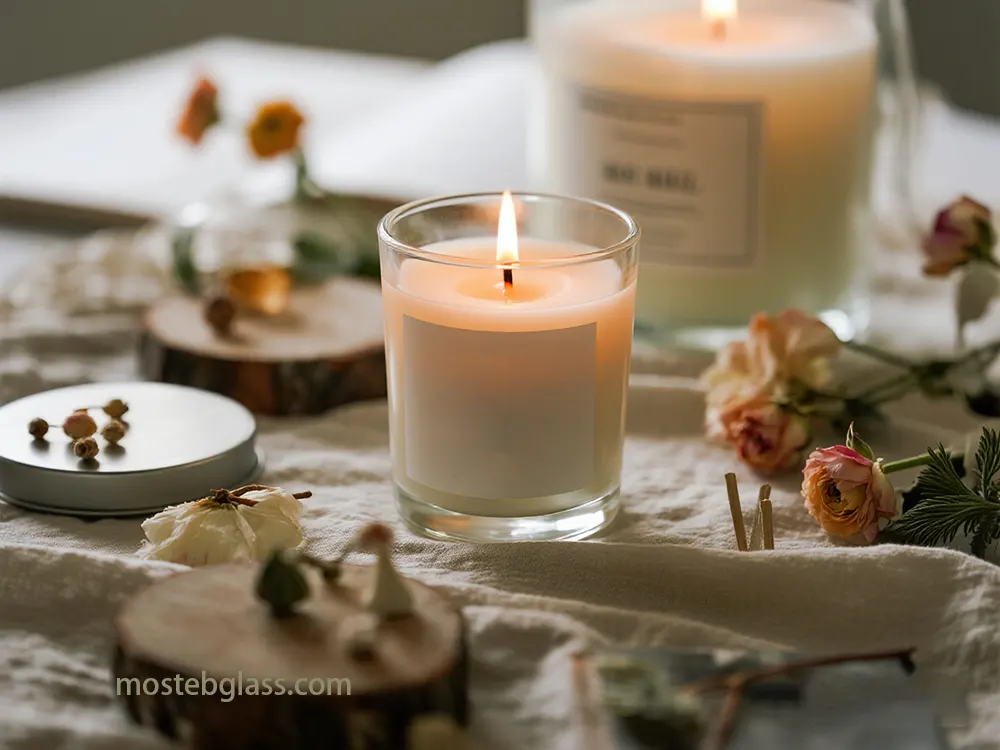
While lower labor costs in regions like Mexico or China may seem attractive, these savings can be offset by higher freight and inventory holding costs if the supply chain isn’t optimized.Strategic use of Free Trade Agreements (FTAs) like USMCA or EVFTA can significantly reduce landed costs by eliminating or lowering import duties and expediting customs.For instance, the EVFTA (effective Aug 1, 2020) eliminates 99% of tariffs.Vietnam benefits from many FTAs, offering preferential tariffs 10-40% lower than standard MFN tariffs.However, Mosteb must understand and adhere to complex rules of origin to capitalize on these reductions and avoid unexpected charges.
3.2. Lead time and supply chain agility
- 가벼운 무게, 내구성, 매우 재활용 가능한 금속 티끌(알루미늄, 티끌판)은 현대적이고 미니멀리스트 또는 상업적 아름다움을 제공하며 투어 캔들이나 높은 녹여서 발생하는 온도로 인해 열 전도성이 뛰어납니다. To manage lead time variability, Mostb must consider:
- 빠르게 자라나고 분해 가능하며, 커버나 잔 부품에 지속 가능합니다. To ensure unexpected demand or change in capacity, adaptation of resource allocation, and timely distribution.
- Suppliers Diversification: Reaching a wide range of suppliers, vendors, and shipping/logistics options reduces dissolution, improves pricing, and enhances quality. Reducing domestic or adjacent suppliers reduces the lead time, simplifies logistics, and increases accountability.
- Increased order frequency: Ordering more often in small amounts reduces the lead time, reduces the cost of reducing inventory, and increases market accountability, although it can increase administrative overheads.
Real -time data integration:
Take advantage of real -time KPI (OEE, scrap rates, yield rate) for active decision making and immediate production adjustment.
Predictive Analytics and AI-Powered Forecasts:
AI-powered software predicts future demands, adapts resource allocation, and streamlines operations by analyzing historical data and market trends, leading the lead time and increases the supply chain accountability.
Buffer Stock:
Maintaining safety stock of raw materials, WIP, or finished goods helps meet unexpected demand, mitigate supply disruptions, and stabilize costs by preventing stockouts.Optimal buffer stock balances customer service and inventory carrying costs.
Contractual Clauses:
Incorporating lead time guarantees and predefined penalties for delays ensures accountability and incentivizes timely delivery.
Overall supply chain agility—the ease and effectiveness with which a supply chain adjusts to unanticipated changes—is vital for Mosteb’s success.Agile supply chains enable flexible sourcing, efficient rerouting, and rapid production schedule modification.Comprehensive scenario planning further enhances preparedness for new challenges.
3.3. Communication Ease and Quality Control Oversight
The geographical distance introduces communication challenges due to language barriers and time field differences, inhibiting real -time cooperation. To promote better communication due to low time sector discrepancies and shared cultural understanding, provides close -to -summer benefits, constant, effective dialogue is important for complex product growth and quality assurance.
Rigid quality control oversight is paramount for delicate objects such as candle jars, where there is significant damage from minor defects. Offshore feature is important for budget safety compliance and risk reduction for overseas and comprehensive product testing. The high-quality candle is prepared from thick, heat resistant glass or durable ceramic to prevent the jar from breaking.
3.4. Geopolitical Risks
Geopolitical shifts and global uncertainty compel industrial companies to relocate assets and reconfigure supply chains to mitigate exposure.For instance, Vietnam, despite manufacturing growth, faces potential U.S. tariff threats and relies heavily on China for inputs.Proactive, continuous supply chain risk management, including vendor risk assessments and real-time monitoring, is essential.Diversifying supply chains to circumvent tariffs, while necessary, often incurs significant financial costs like higher logistics expenses and loss of economies of scale.Mosteb must continuously monitor the geopolitical landscape.
3.5. Environmental Footprint
Environmental footprint is a critical consideration for consumers and regulators. A carbon footprint represents total greenhouse gas (GHG) emissions throughout a product’s lifecycle.
- Transportation: Transportation significantly impacts carbon footprint. Global food miles generate nearly 20% of food system CO2 emissions, with fruit/vegetable transport contributing 36% of food miles emissions,highlighting the environmental impact of long-distance shipping and benefits of localized sourcing for Mosteb’s jars.
- Glass Production: Glass manufacturing carries a notable environmental burden; glass bottles can represent 70-80% of dry materials’ carbon footprint.Mosteb should prioritize factories that facilitate reusable or lighter-weight jars, reducing GHG emissions.Adding cullet (recycled glass) in manufacturing reduces CO2 emissions during melting, as it requires lower temperatures than virgin materials.Every tonne of recycled glass saves 246 kg of CO2 compared to new glass.
- Sustainable Practices: Mosteb should prioritize factories committed to environmental stewardship through recycled materials, alternative energy (solar, wind), energy-efficient electric melting, hybrid furnace systems, and carbon capture/storage (CCS) technologies.Advanced water management (recycling) and robust waste reduction programs are also critical indicators of responsible partners.
- Beyond factory operations, Mosteb should consider logistics partners. Companies offer carbon-neutral shipping by offsetting emissions via environmental projects.This holistic view of the supply chain’s environmental impact is increasingly valued. 4. Factory Vetting & Partnership Criteria
- Selecting a candle jar factory requires rigorous vetting beyond initial cost estimates. Mosteb must evaluate production capabilities, quality control, ethical labor practices, environmental certifications, and suitability for a long-term partnership. 4.1. Production Capabilities
- A prospective factory’s production capabilities must align with Mosteb’s needs for volume, customization, and material handling, especially for fragile goods. This includes evaluating equipment, automation levels, and ability to handle complex designs and diverse materials. Ideal factories demonstrate flexible manufacturing capacity planning, leveraging data analytics for demand forecasting and proactive production adjustments.The right technology and cutting-edge equipment are essential for agility and responsiveness.Modular production lines are a significant advantage, allowing independent scaling of processes, optimizing resource allocation, and minimizing bottlenecks. 4.2. Quality Control Processes
- Robust Quality Control (QC) is non-negotiable for fragile goods like candle jars, where minor imperfections compromise integrity and reputation. Mosteb should seek ISO 9001 certification, indicating adherence to internationally recognized Quality Management Systems (QMS) and continuous improvement.
AQL standard:
The factory should apply the acceptable quality limit (AQL) standards for visual defects such as air bubbles, scratches and physical inclusions, which ensures consistent aesthetic quality.
Testing:
Comprehensive testing protocols are required: Checking dimensional accuracy for compatibility with the mostb equipment and filling lines;The thermal shock resistance test jar to verify the sudden temperature without changes;California proposal regular lead and cadmium material tests for colored/decorated jars to follow security rules like California; And compatibility test with various wax yogas and Viki types to prevent issues such as cracking, uneven irritation, or bad fragrance.
Audit and Inspection:
Regular factory audit QC system assesses effectiveness. The iconic third-party inspection services provide independent evaluation of product quality and manufacturing processes.
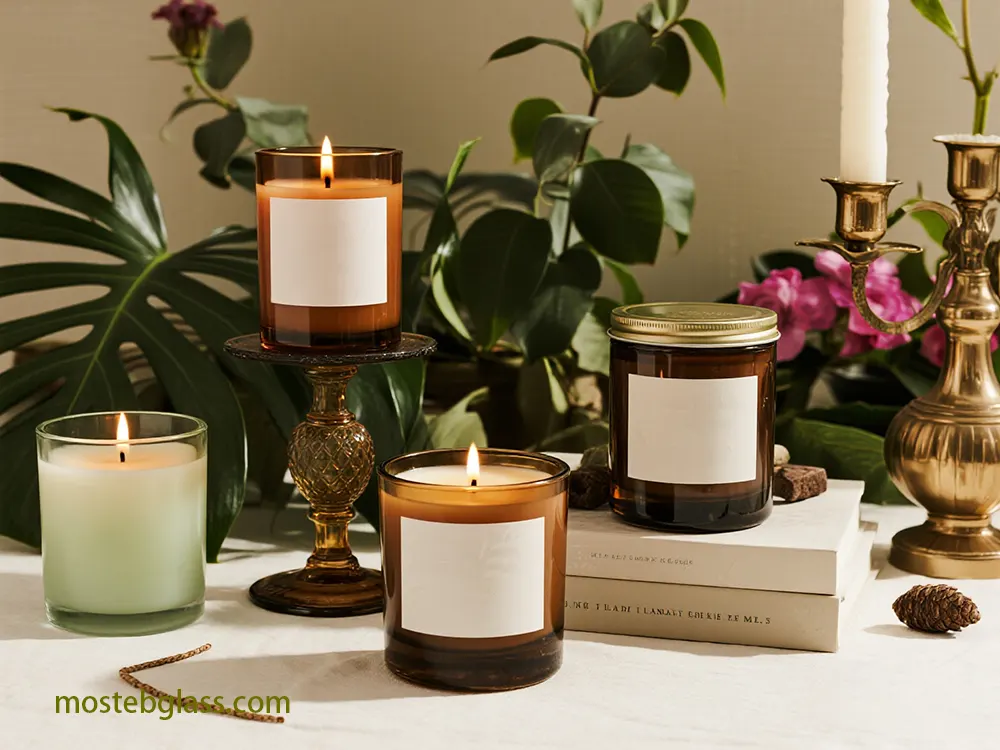
Dosha Management:
An active approach includes general defect type (surface flaws, dimensional impurities, structural weaknesses) and their root causes to implement effective corrective and preventive functions.
- Automation: Mostb must check the use of advanced automation and vision systems factory in QC, which significantly improves accuracy, efficiency and stability in detecting defects on manual inspection.
- Robust QC protocols profoundly impact product consistency and brand reputation, leading to higher customer satisfaction, enduring brand loyalty, and Mosteb’s long-term market success. 4.3. Moral labor practices
- Mosteb’s chosen manufacturing partner should follow the highest moral labor standards, which reflect the brand’s commitment to responsible sourcing. Certificate:
Mostb should seek the SA8000 certification, to measure a global recognized standard standard standard standard, proper compensation, appropriate work hours, health/safety, absence of labor, freedom of union, freedom, non-discrimination, and human disciplinary practices.
Auditing and Transparency:
Platforms such as Sadex offer auditing services and an online database (Smeta) to track labor practices, promote a single, broad audit and provide transparent insights into moral performance.
Worker safety:
It is a moral imperative to ensure safe and healthy working status, including continuous improvement in convenience/process, prevention of active injury/disease and identification of systematic danger.
Compliance:
Unbliged compliance with all relevant national law and international guidelines (ILO, universal declaration of human rights, United Nations standards, OECD) is fundamental for social responsibility and moral manufacturing.
- 인증: Mostab should establish clear, comprehensive supplier guidelines for objective labor practices, strong variety/inclusion policies and meaningful community engagement.
- 4.4. Environmental Certifications Environmental responsibility is paramount for consumers and regulators, making it a critical factor in supplier selection.
- Management Systems: Mosteb should prioritize factories with robust environmental management systems, including ISO 14001 certification for waste management, energy consumption, and emissions control.ISO 50001 for Energy Management Systems provides a framework for optimizing energy use and reducing carbon footprints.
- Green Building & Product Certifications: Factories contributing to or holding certifications like LEED for facilities, providing transparent Environmental Product Declarations (EPDs), or achieving Cradle to Cradle Certified® status demonstrate verifiable environmental commitment.EPDs offer detailed, third-party verified data on a product’s lifecycle environmental impact.
- Recycled Content: Look for factories with recycled content certification (e.g., SGS, SCS Global Services) validating the actual inclusion and percentage of recycled materials, ensuring authenticity and supporting circular economy principles.
- Beyond certifications, factories should demonstrate sustainable operational practices: extensive incorporation of recycled glass (cullet), strategic use of alternative energy, energy-efficient electric melting/hybrid furnace technologies, and exploration of carbon capture/storage (CCS) solutions.Advanced water management (recycling) and robust waste reduction programs are also critical indicators. ESG Assessments:
Mosteb should conduct structured ESG (Environmental, Social, and Governance) assessments of potential suppliers, evaluating carbon emissions, energy efficiency, waste management, fair labor practices, and ethical conduct.
4.5. Suitability for a Long-Term, Collaborative Partnership
A successful partnership thrives on mutual trust, transparency, and shared objectives. Mosteb should seek factories willing to engage in collaborative planning, forecasting, and replenishment (CPFR) initiatives to meet dynamic customer demand, reduce supply chain costs, and optimize inventory.Cultivating strong, enduring supplier relationships is essential for reducing lead times, fostering joint innovation, and quicker problem-solving.Manufacturers like Daxin Glass Bottles exemplify such partners, with a long operational history and proven capability to deliver high-quality candle jars within 30-35 days.
- 5. Risk Mitigation & Future-Proofing the Supply Chain Mosteb’s supply chain for fragile candle jars requires robust risk mitigation and future-proofing strategies to ensure continuity, adaptability, and scalability amidst market fluctuations and unforeseen disruptions.
- 5.1. Building supply chain flexibility The flexibility refers to the ability to withstand the ability of a supply chain and recover from rapidly unexpected disruptions, reduces operating and profitability effects.
- Diversification: Strategic diversification of suppliers, both geographically and in various vendors, is the cornerstone of flexibility, lack of materials such as lack of materials, regional disruption and geopolitical instability. Sourcing for important components ensures alternative supply.
- Mapping and visibility: It is important to identify deep understanding, hidden bottlenecks, weaknesses and dependence of every supply chain participant from Tier 1 to Tier 3. The head-to-end chain visibility enabled by real-time tracking technologies (IOT, RFID), which allows to detect immediate issues, active monitoring in transit.
- Inventory management: Maintaining adequate safety stock (buffer inventory) is important to avoid flexibility, absorbing shock and avoiding production disruptions from delays or sudden demand in demand. It balances the cost with the benefits of avoiding lost sales and maintaining customers’ satisfaction.
Close to -educational/rishoring:
transferring manufacturing to nearby countries (close -gourd) or back home (reconsideration), significantly reduces the shipping time/cost, improves supply chain improving efficiency, and enhances flexibility/accountability. It also simplifies communication and inspection.
- Casual Plan: Active contingent scheme involves developing strong backup plans for important suppliers, implementing security stocks for essential components and investing in comprehensive insurance policies against identified risks.
- Risk assessment: Regular, complete risk assessments covering all supply chain aspects, identify potential disruption, evaluate the possibility, and determine the effect, enable informed mitigation.
- Technical adoption: The hugging industry 4.0 technologies (IIOT, AI, Ml) are strategic for the manufacture of flexible supply chains. The AI ends-to-end provides visibility, alerts managers for potential issues, and adapt to complex decision making. Digital twin-varrant systems combine with analytics with real-time data-what scenarios uses to make objective decisions and enabling forecast maintenance.
- Mosteb’s chosen manufacturing partner should follow the highest moral labor standards, which reflect the brand’s commitment to responsible sourcing. Strategic use of SCF mechanism serves as an important financial buffer. Providing suppliers with initial payment options stabilizes financial relations, improves liquidity, and ensures supply continuity, especially for small sellers.
- For delicate objects such as candle jars, these flexibility strategies should be enhanced. Mosteb should emphasize a careful supplier selection, prioritizing partners with a proven experience in handling construction and handling delicate objects. Adequate investment in increased protective packaging solutions is important, including ISTA 6-Fedex-A certified packaging, individual rapping with bubble wrap or custom foam inserts, and strong carton design. 5.2. Adaptability and scalability for continuous growth
The supply chain of future proofing Mostb contains careful designing systems that are originally adapted to the demands of the dynamic market and are efficiently on the scale to support ambitious development.
Workforce scalability:
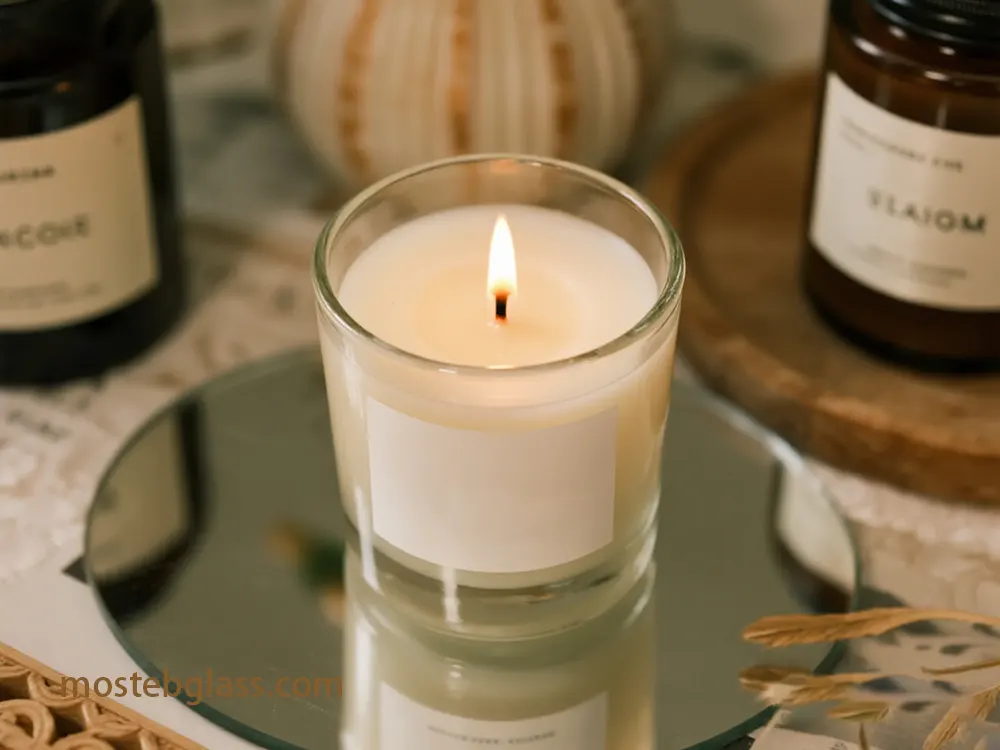
Factories must have well-defined strategies for workforce adaptability, such as casual staffing, to meet the demands for production production without highly fixed labor costs.
Modular design and DFM:
Adopting modular design principles (regulated, standardized parts) increases manufacturing efficiency, flexibility and scalability, allowing rapid production scaling. Products for manufacturing (DFM) ensure that products are produced efficiently and costly, which has increased the volt without increasing quality.
Industry 4.0 Integration:
- It is necessary to automate the intensive integration of industry 4.0 technologies (IIOT, AI, Ml), by automating the operation, adapting the workflow, and extracting the actionable insight from the data. Manufacturing model:
- Mostabs should consider various manufacturing models supporting development: strategic partnership with contract manufacturers (CO-Mains) when beyond internal capacity; For special or high-length products, dedicated production lines offer automatic, custom solutions of traffickability, and offer hybrid production systems, which combines a continuous flow for continuous flows for high-volume items, which offers a customized products for customized products. Capacity Plan:
- Factories should have a clear ability planning functioning to understand realistic work handling and timeframe. This careful plan ensures smooth, uninterrupted production flow and prevents bottlenecks. Strategic participation:
- Cultivating associate relations with major suppliers and service providers promotes joint innovation, unlock operational capacity, and increases scalability. Increases creative manufacturing agreements (eg, sharing design expenses, encouraging partners with increased margins) strengthens the coalition and aligns mutual interests for long -term success. By continuously implementing these strategies, Mostb can build a flexible, adaptable and scalable supply chain that support brand development and effectively navigate market rashes.
- Case Study: Overcoming Challenges in Large Glass Diffuser Bottles Manufacturing Custom Glass Christmas Ornaments – Driving Brand Differentiation in Seasonal Markets
- Customization in Glass Ornaments: Unlocking Opportunities for Differentiated Branding Case Study: Custom Glass Unique Diffuser Bottles Manufacturing for a Spain Brand
- Large Diffuser Bottles: Redefining Luxury Home Fragrance Packaging Sustainability in Glass Flower Vase Manufacturing: Global Market Trends
- Custom Glass Candle Jar Manufacturers Development: A Strategic Report Comment
Submit your opinion
get a free quote
Complete our quote request form or email us at
- to receive a customized quote from our product specialists. Company
- Phone/Whatsapp Select a product
- glass candle jars Reed Diffuser Bottle
- glass vases Quantity
- contact our Product Expert Send us a message freely if you have any questions. We’ll get back to you within 30 minutes via email at
- , and we’ll adhere to the privacy policy to protect your information. full name
email adress




